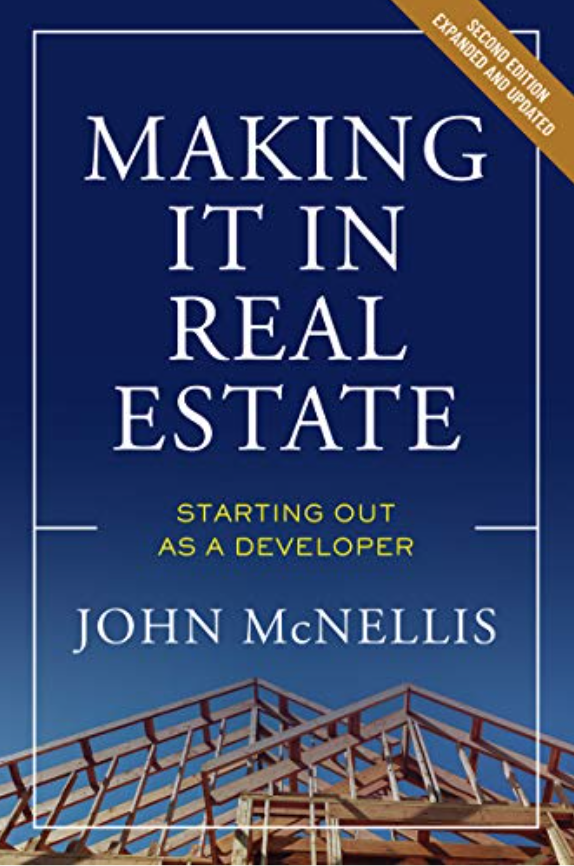If idle hands are the Devil’s work shop—they are—idle money is surely his pied-a-terre. When left with little to do, small boys play with matches, older ones play with hearts and truly old boys start wars. Money is no different. When ignored, when left alone to pile up, when shackled in bonds, it begins to sulk and scheme. As insidious as Tolkien’s Ring, it preys on its temporary owner’s mind, warping his better instincts, demanding to be set free, demanding to be wildly risked and thus ultimately returned to its rightful master, the dark lord of finance, Goldman Sachs.
My story starts in Palo Alto in 1998. One day, I was standing in a longish line at my local café. The conversations two deep in front of me and behind had to do with fifteen year-olds making billions in start-up companies. With the queue moving slowly, I had little choice but to listen to detail after detail of valuations—if not profits—rising to the sky. The coup de grace came when the barista himself announced he was leaving his honest job to join a start-up, with a fortune sure to follow.
Already beyond old enough to know better, despite having espoused that wonderful maxim, “Invest in what you know” countless times, I was seduced by this siren song of easy money, resenting my plodding career in real estate. To justify the abandonment of my better senses, I convinced myself of a need to diversify. By the way, the term diversify may have an innocent meaning, but for those not residing within reach of Mt. Doom’s shadow, it usually means diverting your money away from your bank account into a speculative venture about which you not only have no real idea, but which you wouldn’t understand even if its promoters were to thoroughly explain it to you. They don’t.
Thus, over the course of half a dozen fateful years, I invested in a handful of emerging companies near and far:
A Portland-based heating/air conditioning company that, with its revolutionary technology, promised to let homeowners seamlessly maintain individual rooms at varying and separate temperatures—68 degrees in the living room, 72 in the kitchen, 78 in Grandma’s room and so on. The system worked—your correspondent is nobody’s fool—but, as it turned out, it did so only under optimal conditions and not at a cost anyone beyond a well-off, retired engineer geek would consider paying. Financial result: total write-off.
A Palo Alto-based tech company that developed software to allow large organizations to stream one-way, extremely high resolution video from say its CEO to 10,000 employees at once—think the president of Exxon Mobil addressing his managers (or Sauron exhorting his Orcs). Why this one failed, becoming yet more roadkill, I have no idea. As they say, it seemed like a good idea at the time. But I can tell you that when faced with the choice of participating in a “down round” on this investment—doubling down on my original investment or watching my stake in the company evaporate—I did manage to swallow hard and walk away from this particular table.
A Swedish bio-tech company with a drug for which it had high hopes of treating rheumatoid arthritis. For a guy whose only science experiment ever was trying to make a geyser with Diet Coke and Mentos, this investment was admittedly a stretch. But it did provide this insight: Forget the right answers—if you have no idea what the right questions are, run for the exit. As it happened, the drug worked well enough on lab rats, but somewhere between them and its human subjects, the drug, like my Diet Coke experiment, fizzled.
And, finally a Marin-based software company that had a sweet idea, namely doing well by doing good. It developed a software program that enabled large organizations to encourage—and keep close track of—all of their employees’ charitable works. The economic driver was simple: by having data showing that, say 7,500 of its employees spend an average of 10 hours a year giving back to the local community, a participating company could vastly improve its public image. Free PR on the backs of its civic-minded employees. This one actually worked, but at nowhere near its hoped-for level. (It seems more than a few companies have limited concern over their public images—think Uber). In comparison to the others, this deal went deep, 410 feet over the center field wall, but judged against more standard benchmarks, it ended up a “kissed-sister,” my investment back plus a passbook rate of return.
More like Dorothy than Frodo, I awoke at last from the Silicon Valley dream about ten years ago and, while not surrounded by the Tin Man, Scarecrow and Cowardly Lion, I too repeated that wisdom which I had known all along, “There’s no place like home.”
And I went back to bricks & mortar.


